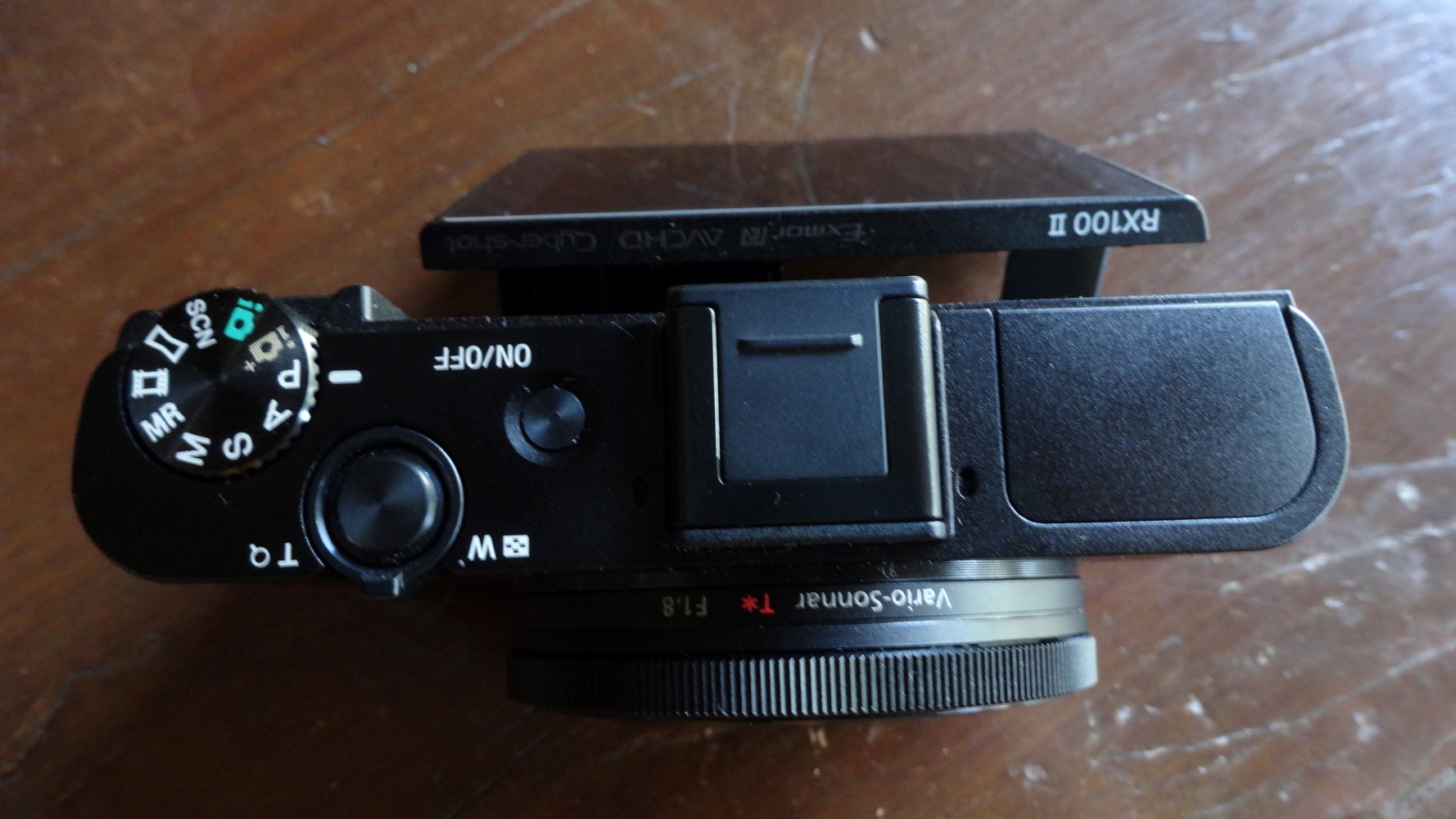Me: “Mobile Internet.” USD 140 laptops. HSDPA. Oh how the world has changed. 2006 was the wild west of mobile — the iPhone was new and Internet on your phone was a novelty. Oh the places we will go…
Publication: Mobile Philippines August 2006
Section: Columns
Column title: The prodigal screen protector and other bedtime stories
Mobile Internet? Yes, literally!
Well, the “Internet bus” will make waves, in my humble opinion, if it is used as a social development tool rather than for pure profit.
There is an ongoing project in Australia called StreetNet. This involves a huge bus, a dozen or so laptops hooked up inside, and wireless access eminating from a point of origin. The bus roams the streets of Sydney from 4 P.M. to midnight, helping the homeless keep in touch with the ever-changing rudiments of technology. How, you say? Because of their life circumstance, the less fortunate have it bad (yes, even in a place like Australia) when it comes to enjoying the basic leisure even modest households can enjoy, such as access to the Internet. I was looking over the project description: the cost of a huge van and infrastructure amounts to USD$100,000.00. Factors to consider are rising prices of gas, maintenance costs, and the availability of a wireless infrastructure in the area, among others.
Back here in the Philippines, there have been efforts to duplicate the “Internet bus” model. Remember back in the 80s when the Love Bus made waves because of its air conditioning? Well, the “Internet bus” will make waves, in my humble opinion, if it is used as a social development tool rather than for pure profit.
For one thing, driving around a huge bus with Net access in the city will do nothing more than contribute to the traffic and pollution. For something like this to unleash its full potential, the following things could be taken into consideration:
First. The target market should be the rural areas that cannot afford to have Internet access due to the lack of infrastructure. And speaking of infrastructure, a lot of households in the rural farms of Batangas can actually afford to buy computers but cannot afford to maintain them due to leaks and other weather intrusions. Having a one-stop shop “iBus” kills two birds with one stone.
Second. The Philippines is actually the first Asian country to successfully launch HSDPA (high-speed downlink packet access) commercially. Known as 3.5G, HSDPA was implemented by Globe last month on its networks, providing very fast data access wirelessly. This makes the mobile Internet café concept much more feasible.
Third. What about cost? Well, I’m no business junkie, but I believe projects like these should fall under a corporation’s CSR division or Foundation where overhead costs are shouldered by sponsorships and donations that should at least break even in the long run. The objective: the goal isn’t profit, but uplifting the technology literacy level of those who cannot afford due to circumstance.
The mobile Internet café is probably the most ideal solution for developing countries. I believe there are several organizations and corporations working together to bring the cheapest laptop or PC to the market. You have IBM, Intel, Microsoft and AMD, among others, plus Negroponte’s foundation that aims to bring the US$140.00 laptop to the masses. But once you bring these to them, what next? Will they actually use them? Will they just sell them or rent these out? I trust the entrepreneurial drive of most people below the hamburger index, and they will do almost anything to make money. The last thing they need is a computer. With the contained environment of the “iBus,” they can be taught, on a purely voluntary basis, about taking the next step in upgrading their lives.
